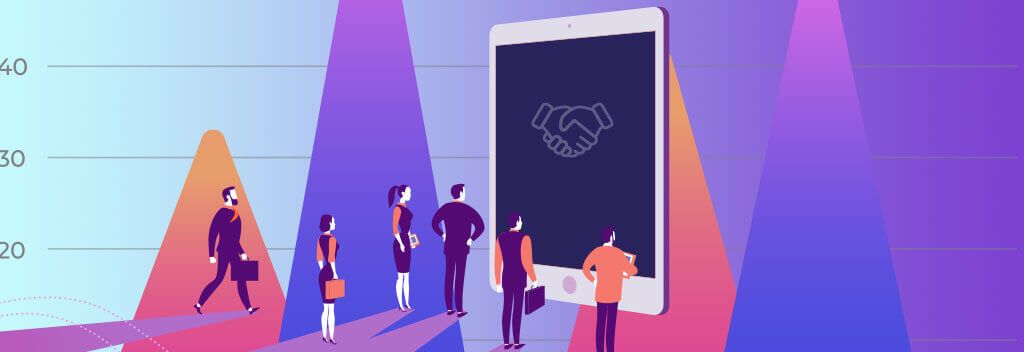I’ve tried various automation and software tools to figure out which businesses have visited the Bop Design website, what they viewed, and time on each page. Understanding these user behavior metrics and crafting content as a result is a great way to position our company as a thought leader.
That’s great as far as Google’s Algorithm and SEO but how does content fit into closing deals? In this article, I’ll show you how to use content to nurture leads, build rapport and demonstrate credibility so you can close more deals.
Relationship Building Vs. Selling
Relationship building, rather than selling, is my approach when reaching out to visitors on our B2B website. Since these particular individuals did not fill out a contact form, I need to finesse my outreach to them. I don’t send an email asking them to hop on a quick call when I haven’t properly introduced myself. I need to show them why they should consider working with us by building rapport within my initial emails.
Read more: Is your B2B website scaring off leads?
Position Yourself as an Expert
The information-gathering phase of the sales process is when you should position yourself as an expert. The potential client is gathering information to make an informed decision, one that requires a significant investment for professional B2B web design and development.
During this phase, my goal is to demonstrate the value of the B2B web design and provide the best possible content to educate the prospect. We have case studies specific to each industry we specialize in, so we can demonstrate our niche knowledge for each type of company. In my emails, I provide links to the case studies, as well as links to our informative buyer’s guides. I focus on providing valuable resources to the prospect, so when the time comes to make a preliminary decision on which company to interview, we are top of mind.
Read more: Top elements of effective B2B web design.
Do Your Research
Information gathering is a two-way street and it’s important to perform research to make sure the prospect is a good fit. I spend a few minutes on their B2B website, navigating and getting a feel for what they offer. I incorporate this information into my exploratory emails. For example, if they are in biotech, I ask questions relevant to their specialty. I may ask a SaaS company what their take is on GDPR compliance. I want to demonstrate I am a real-life human being sharing information and not an automated bot or scripted salesperson.
Follow-Up
After the initial exploratory call, we send a printed copy of our buyer’s guide and content marketing guide, a personal hand-written note, and branded promotional items. Doing so ensures each team member responsible for making a buying decision has both a physical and an electronic version of what we have to offer.
Personalization Not Automation
Personalizing your marketing efforts and lead nurturing shows the potential client you listen to their needs and are not just trying to sell them.



